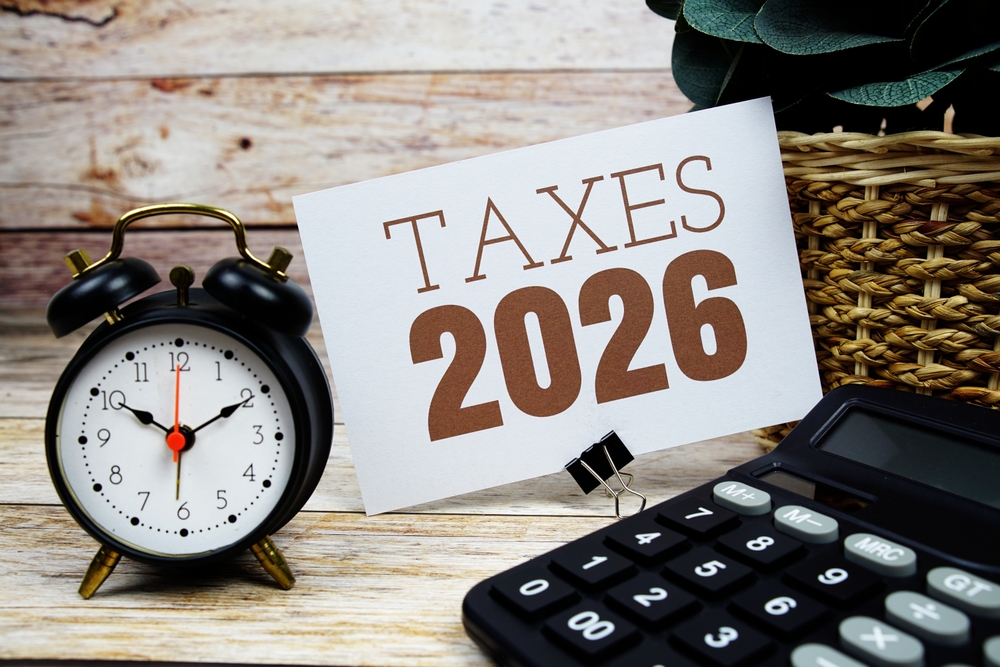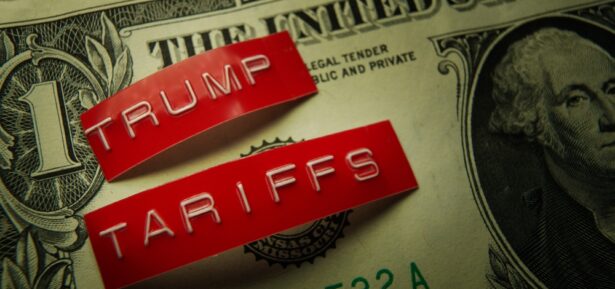
Good News for Taxpayers
Good news might be on the horizon for taxpayers — especially those with higher incomes. Many Americans could see larger refunds or smaller tax bills when they file their 2026 returns, thanks to a mix of political timing and IRS delays.
According to Oxford Economics lead economist Nancy Vanden Houten, President Donald Trump’s recently passed tax and spending package — signed into law in July — is set to deliver about $50 billion in additional tax savings. But here’s the twist: those savings are happening because the IRS hasn’t yet updated its withholding tables to reflect the new tax rules that apply retroactively to the start of 2025.
Why the IRS Delay Matters
Each year, the IRS updates its withholding tables to adjust for inflation and any changes in tax law. Those tables tell employers how much federal income tax to take out of your paycheck. But since the updates haven’t kicked in yet, employers are still withholding at higher rates — meaning many taxpayers are unintentionally overpaying their taxes throughout 2025.
When tax time rolls around in early 2026, all those extra payments could come back in the form of bigger refunds or smaller tax bills.
How Big Could the Boost Be?
The economist’s report estimates the total savings could lift refund totals by about 17% compared to last year’s $275 billion. That’s a big jump — especially after the modest 2% increase in refunds from 2024 to 2025.
If that trend holds, the average refund — which was $2,939 in 2025 — could rise by nearly $500, although not everyone will see the same benefit. Some taxpayers may simply owe less rather than getting a larger check from the IRS.
The Fine Print: Who Benefits Most
While many households will enjoy some form of relief, the biggest winners are the wealthy, Vanden Houten noted. That’s largely because of changes to the state and local tax (SALT) deduction, a long-debated provision that limits how much taxpayers can deduct for paying state and local taxes.
Under Trump’s package, the SALT cap temporarily rises to $40,000 for some households that itemize deductions. In addition, certain business owners — like those with partnerships or sole proprietorships — can take advantage of state-level workarounds that effectively let them sidestep the cap altogether.
Since high-income Americans tend to have larger state and local tax bills, they’ll feel the biggest impact.
Will Bigger Refunds Mean More Spending?
A sudden bump in refunds usually leads to a short-term lift in spending. Surveys show most Americans don’t wait long to use that extra cash — in one TaxSlayer study, nearly two-thirds of taxpayers said they spent their refund money right away or planned to soon.
Vanden Houten expects a similar, though modest, effect in 2026. “Any boost to the economy will likely come in the first half of the year,” she said, adding that consumers may already be spending more in anticipation of lower taxes and bigger refunds next year.
Still, the wealthier households that gain the most from these cuts are less likely to splurge — economists estimate they’ll spend about 20% of their tax savings, compared to 25% to 40% among middle- and lower-income taxpayers.
A Silver Lining for a Price-Weary Public
With the cost of everything from groceries to insurance premiums still high, even modest tax relief could feel like a breath of fresh air. Whether it’s an extra few hundred dollars in a refund check or a smaller bill come April, taxpayers across the board will likely welcome any help they can get.
But as always with tax policy, the timing matters as much as the totals. For now, the IRS delay may be the rare bureaucratic hiccup that leaves Americans smiling — at least until next year’s tax season.
-
Credit: Shutterstock Imagine not having to hunt for groceries after a long day or remember when your phone bill...
-
Credit: Shutterstock The end of quantitative tightening may not be the market boost it appears to be Federal Reserve...
-
Credit: Shutterstock Trade deficits, national debt, and the numbers that don’t add up President Donald Trump recently caused a...
-
Credit: Envato Elements Untouched Money in the Trillions? There’s a quiet giant sitting in the background of the economy...
-
Credit: Shutterstock Trump and Wall Street’s Top Banker Bury the Hatchet—And Your Wallet Might Thank Them In an unexpected...
-
Credit: Envato Elements Will These Cryptos Steal the Spotlight by Year-End 2025? After a wild start to 2025 filled...
-
Credit: Unsplash Why Don’t We Just Tax the Rich? Every year, millions of Americans pay their taxes expecting that...
-
Credit: Unsplash Is the Minimum Wage Livable in The U.S.? The federal minimum wage in the United States has...
-
New tax on foreign investors could shake global confidence in U.S. markets and dampen demand for Treasuries and the...
-
Trump’s trade measures are unexpectedly easing price pressures—for now—before a likely rebound in inflation later this year. In an...
-
Practical Ways to Reduce Credit Card Debt and Boost Your Credit Score Even as Interest Rates Climb If you’re...
-
Inspiring Success Stories of Self-Made Entrepreneurs Who Turned Challenges into Opportunities Becoming a successful entrepreneur is rarely a straightforward...




















